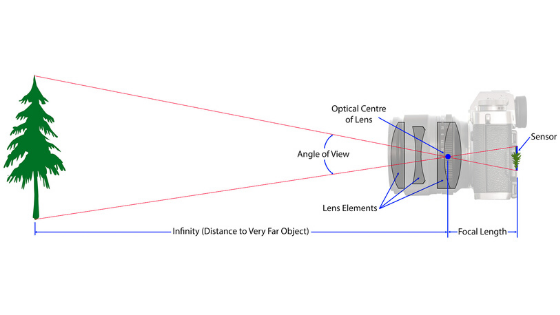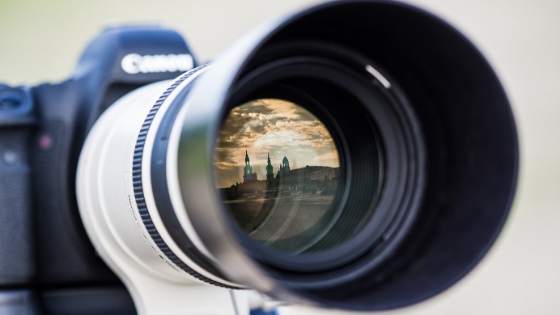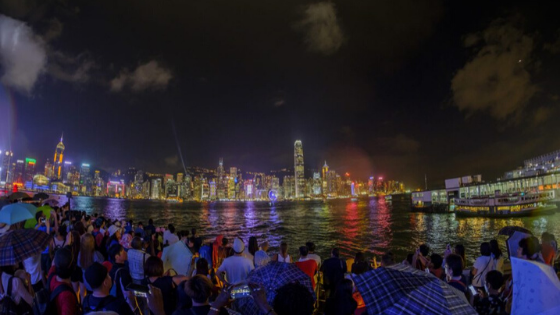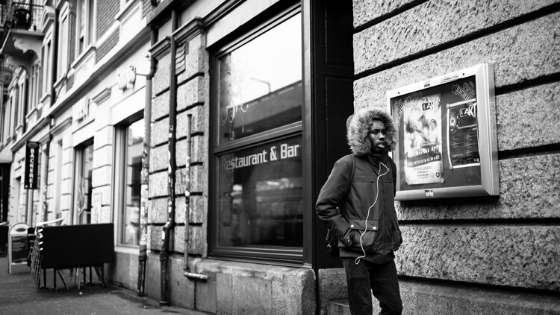What is focal length in photography?
Technically, focal length is the distance between the point of convergence and the camera sensor, but that’s not a particularly easy way to understand it. Instead, imagine a simple lens with one piece of glass focusing the light onto the sensor. The distance between the lens and the sensor is the focal distance. So, in a 100mm lens the distance between the glass and the sensor is 100mm. It’s as simple as that.

Image source: photographylife
How does focal length affect an image?
Focal length influences how your camera records a scene. It determines the angle of view, or how much of the scene ends up projected on the camera sensor. It controls how magnified an image looks, it influences the depth of field and can alter perspective, making objects look closer together or farther apart.

Image source: Unsplash
Angle of view and magnification
Short focal length lenses have a wide angle of view, hence the name “wide angle”. Longer focal lengths have a narrower angle of view, covering a smaller area of the scene. That’s why long focal length lenses seem to magnify the image - they capture a small part of the scene but still fill the sensor with it. A focal length of round 50mm is generally accepted as being about what our eyes see, which is why a 50mm lens is so often the standard lens that comes with the camera.
Depth of field
Depth of field, how much of the shot is in acceptable focus, changes with focal length. Shorter focal lengths not only capture a wider view, but they also have a deeper depth of field. They can capture almost everything from right in front of the camera to infinity in acceptable focus. As focal length increases the depth of field decreases, so a longer lens captures a narrower band in acceptable focus.
Perspective
A compositional feature of focal length is the way it alters perception of depth. Short focal lengths make objects look farther apart whilst longer lengths compress distances and make objects seem much closer together. Therefore, a wide-angle lens makes backgrounds seem far away whilst a telephoto lens brings them much closer.
Understanding focal length in camera lenses
Ultra-wide/fisheye: 8mm to 24mm
Very wide angle of view, up to 180 degrees. This causes considerable distortion but captures a huge amount of the scene.
Standard wide angle: 24 to 35mm
Distortion is small – vertical lines may curve but can be corrected later. It’s good for journalistic and real estate work because the angle of view is huge and so much is in focus.

Image credit: Adrian Evans Photography
Standard Lens: 35 to 75mm
A lens suited to most subjects, from portrait to landscape. There is minimal distortion and can use large apertures down to f/1.8, etc. Good for portrait, nature, low light, and general use.

Image credit: Tobi Gaulike Photography
Telephoto: 70mm to 200mm
Picks out distant objects and fills the frame with a small part of the scene. The shallow depth of field is popular with portrait photographers because it throws the background out of focus. Also used for general nature and wildlife work.
Super-telephoto: 300 to 600mm+
Wildlife and sports photography where the subject is far away but needs to fill the frame.

Image source: photographylife
Focal length is a technical characteristic of a lens, related to the way it works, rather than its actual size. You can experiment with focal length in your photography to change perspective, play with depth of field and zoom in / out on your subject.
Interested in learning more about Photography? Take a look at our courses.

Comments
Interested in photography both wild life landscape and portraits